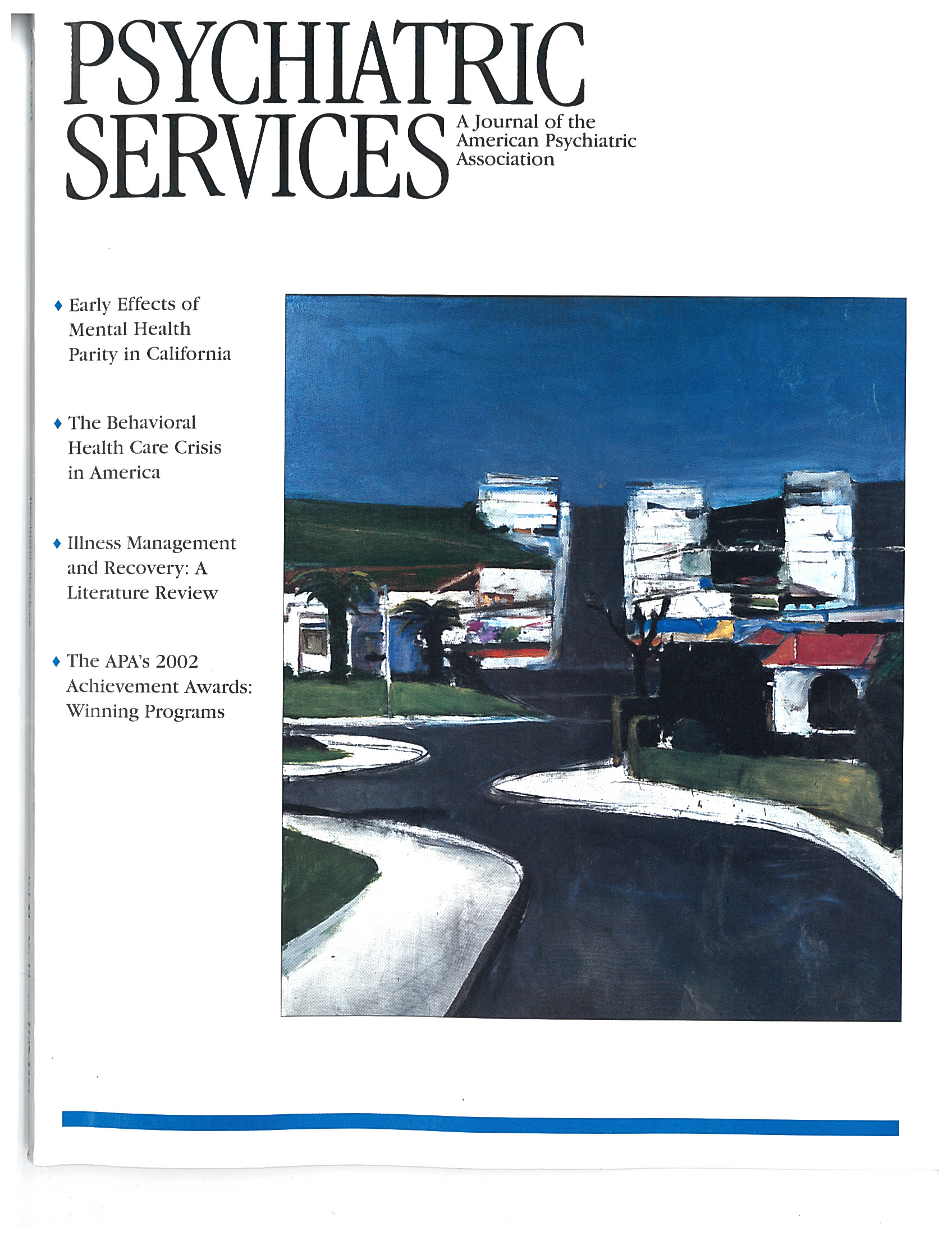Helping Managers Assist Employees Facing Threats of Terrorism
The September 11, 2001, terrorist attacks on the World Trade Center caused great anxiety in New York City, particularly among persons employed by large businesses. The subsequent anthrax attacks greatly magnified anxiety, especially for those who worked in places believed to be likely targets of further terrorist actions, such as media enterprises. Financial dislocation after the September 11 attacks exacerbated distress. Employees faced potentially reduced earnings because of lower company profits and loss of their jobs as a result of macroeconomic forces heightened by sequelae of the attacks.
After the attacks, I presented a program to various businesses that was designed to enhance employee and organizational welfare in the face of fear of additional attacks. The program targeted companies' managers and human resource personnel. It consisted of one or more didactic sessions led by a psychiatrist who was knowledgeable about both traumatic stress and large business group dynamics. Each session was limited to ten to 20 participants and lasted approximately an hour and a half. To signal the session's import, attendance was mandatory. A representative of upper-level management was also invited, to further support the credibility of the outside consultant.
The program used jargon-free language to describe the expectable psychological responses to trauma and their dynamics—especially regression and its relevant behavioral, cognitive, physical, and group manifestations. Managers were warned that anxiety triggered by the threat of a terrorist attack may cause employees to regress and to act atypically immaturely, to function less autonomously and display less initiative, to have "magical" thoughts and be more suggestible, and to consequently become vulnerable to psychosomatic ailments.
These effects may adversely affect the work environment. For example, increased suggestibility may cause the crediting and rapid spread of unfounded rumors about new attacks. Psychosomatic ailments, by virtue of their symptoms and coworkers' interpretation of them as evidence of the presence of a terrorist-delivered biological agent, may produce significant absenteeism. Group phenomena, particularly a magnified sense of "us against them" and attribution of great importance to previously disregarded minor differences among coworkers, such as in dress or physical appearance, may induce prejudice and destructive divisiveness.
Behaviorally oriented principles for responding to and interacting with employees were presented. Managers were advised to be appropriately knowledgeable about the nature of threats confronted—for example, inhalational and cutaneous anthrax infection—and to formulate reasonable, fact-based safety plans for responding to such threats.
To safeguard their credibility with their workers, managers need to rapidly disseminate accurate information about specific threats. The managers in the program were particularly warned that provision of contradictory information erodes trust and may provoke anxiety and anger. Managers were counseled to clearly, concisely, and promptly provide employees with information, particularly about immediately relevant safety plans. Awareness of such plans may reduce employees' feelings of powerlessness. Managers also should consider conducting preparedness sessions. Rehearsing safety procedures may engender a sense of control or mastery and inoculate against threat-induced stress.
Managers were informed of the importance of being reasonably readily available. Such availability signals concern for employees' welfare and engenders a sense of protection. Trauma, even among people who usually function well, commonly magnifies dependency feelings and wishes. Managers were told that they can facilitate a sense of control, which tends to mitigate anxiety and depression, by being consistent and prompt in their responses to threats. They were reminded that by acting confidently—but not robotically or inauthentically—when confronting threats, they can, via modeling, inspire calming confidence. Because their employees scrutinize them for cues about the level of danger they confront, their attitudes can be constructively or destructively contagious.
Managers were encouraged to promote group unity—for example, by periodically holding unit or company-wide meetings. Fostering the sense that one does not confront danger alone helps decrease feelings of powerlessness. Managers were reminded to acknowledge employees' concerns and warned that not doing so would seem insensitive and might generate resentment, which could in turn lead to passive-aggressive acting out and reduced productivity.
During the initial months after the September 11 attacks, managers and human resource personnel enthusiastically received these recommendations and described them as useful. After the spate of anthrax attacks and the first phase of the U.S. military's efforts in Afghanistan, companies emphasized individual rather than large group interventions to assist employees who remained distressed.
Dr. Kleinman is clinical assistant professor at Columbia University College of Physicians and Surgeons in New York City. Send correspondence to him at 315 Central Park West, Suite 9N, New York, New York 10025 (e-mail, [email protected]).



